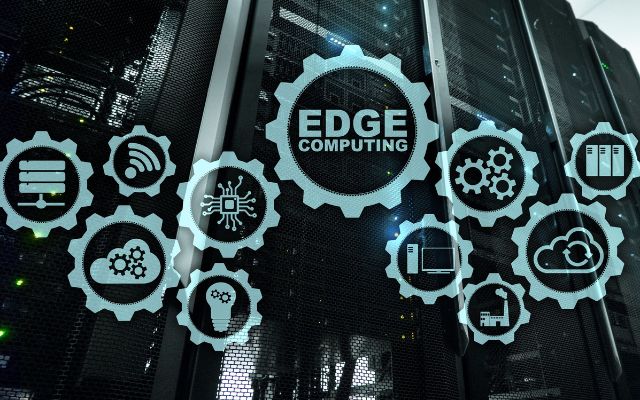The Future of Computing: Understanding Edge Computing

Edge computing is a relatively new concept in the field of computing that is rapidly gaining momentum. This distributed computing architecture promises to revolutionize the way we process and analyze data, offering numerous benefits over traditional centralized computing methods. In this article, we will take a closer look at edge computing and its potential impact on the future of computing.
What is Edge Computing?
Edge computing is a distributed computing architecture that processes data closer to the source of data, rather than in a centralized data center or cloud. This means that data is processed at the edge of the network, such as on gateways, routers, and other connected devices, rather than being sent to a central location for processing. The goal of edge computing is to reduce latency and improve the speed and reliability of data processing by bringing computing power closer to the devices that generate the data.
Benefits of Edge Computing
There are several key benefits to edge computing that make it an attractive option for a wide range of industries and applications. One of the biggest benefits is the reduction in latency. By processing data closer to the source, edge computing can reduce the amount of time it takes to receive a response, making it ideal for applications that require real-time decision-making, such as autonomous vehicles and industrial IoT systems.
Another benefit of edge computing is improved efficiency. By reducing the amount of data that needs to be sent to the cloud, edge computing can improve network efficiency and reduce the costs associated with cloud computing. Additionally, edge computing can improve security by reducing the amount of sensitive data that is transmitted over the network and stored in the cloud.
Applications of Edge Computing
Edge computing has the potential to transform a wide range of industries, including healthcare, retail, transportation, and manufacturing. In healthcare, for example, edge computing can be used to process and analyze data from medical devices in real-time, allowing doctors to make faster and more informed decisions. In retail, edge computing can be used to process and analyze data from sensors and cameras, enabling retailers to improve their inventory management and customer experience.
Challenges of Edge Computing
While edge computing offers many benefits, it is not without its challenges. One of the biggest challenges is ensuring that edge devices have the necessary computing power and storage to process and analyze large amounts of data. Additionally, there are concerns about the security and reliability of edge devices, as they are more vulnerable to hacking and physical damage than centralized data centers.
Pros and Cons for Edge Computing
Pros of Edge Computing:
- Reduced Latency: Processing data closer to the source reduces the time it takes to transmit and process the data, resulting in real-time analysis and decision-making.
- Improved Reliability: By processing data locally, edge computing minimizes the risk of data loss or corruption during transmission and increases overall reliability.
- Cost Savings: Edge computing can reduce the costs associated with network infrastructure and bandwidth and reduce dependence on cloud computing services.
- Increased Privacy: By processing data locally, organizations can reduce the amount of data transmitted over the internet and stored in the cloud, improving privacy.
- Improved Scalability: Edge computing can handle large amounts of data by processing it closer to the source, improving scalability compared to traditional data processing methods.
Cons of Edge Computing:
- Complexity: Edge computing can be complex to implement, requiring specialized knowledge and skills.
- Cost: Implementing edge computing systems can be expensive, especially for organizations that need to upgrade their existing infrastructure.
- Limited Processing Power: Edge computing devices may have limited processing power compared to central data centers or cloud servers.
- Security Risks: Processing data locally can introduce new security risks, especially if the edge devices are not properly secured.
- Maintenance: Edge computing systems can require ongoing maintenance and support, adding to the cost and complexity of implementation.
- “Protecting Your Information: Lessons Learned from [Flagstar Bank ]’s Data Breach”
- How to Protect Your Apple ID With Security Keys
- So, You’re Locked Out of Multi-Factor Authentication. Now What?
Conclusion
Edge computing is poised to play a significant role in the future of computing, offering numerous benefits over traditional centralized computing methods. By reducing latency and improving efficiency, edge computing has the potential to revolutionize the way we process and analyze data in a wide range of industries. While there are challenges to overcome, the potential benefits of edge computing make it an exciting and rapidly-evolving field that is worth paying close attention to.






